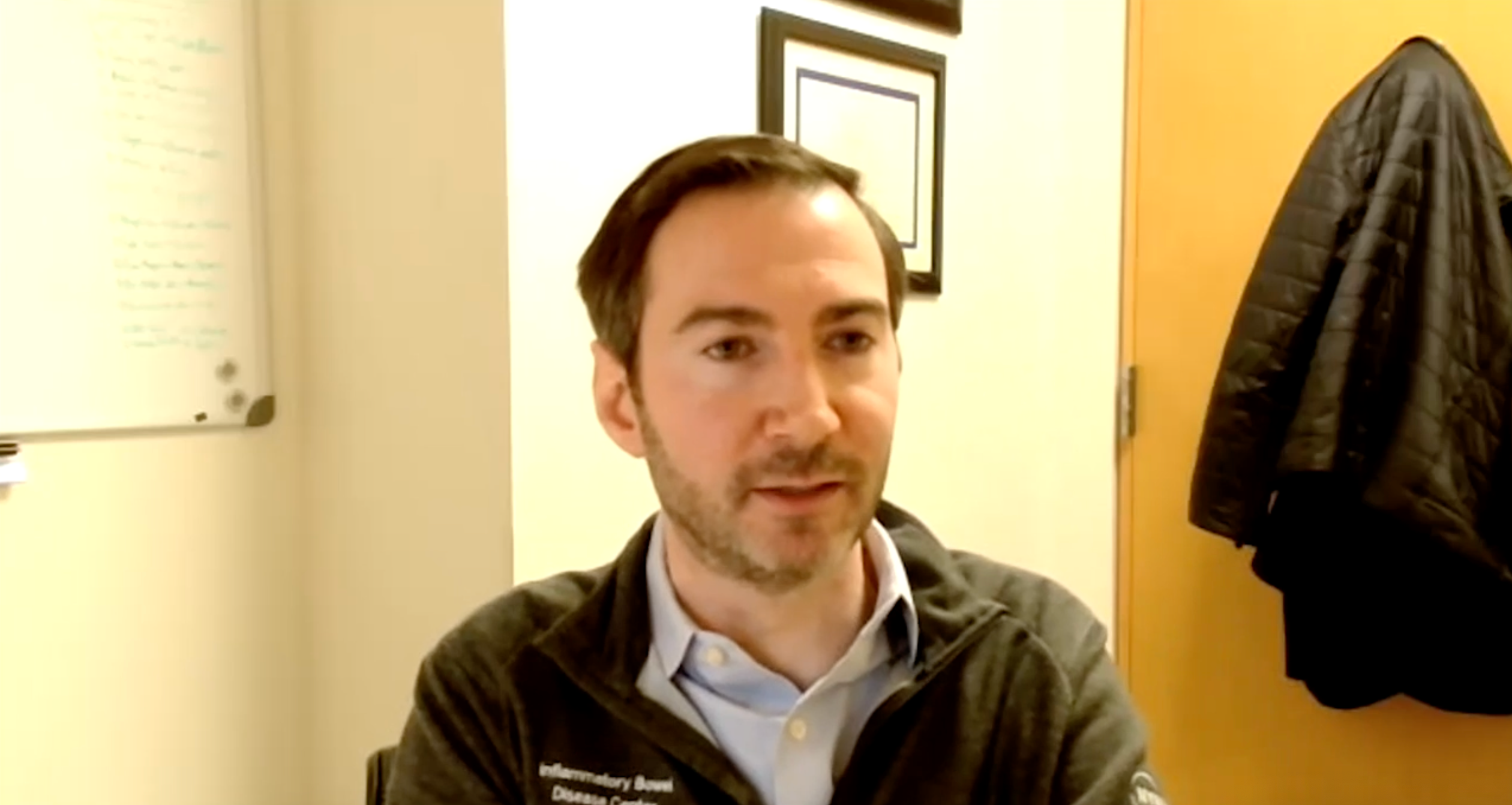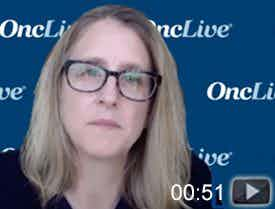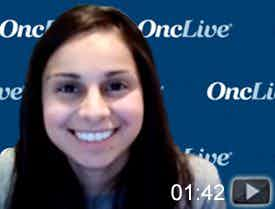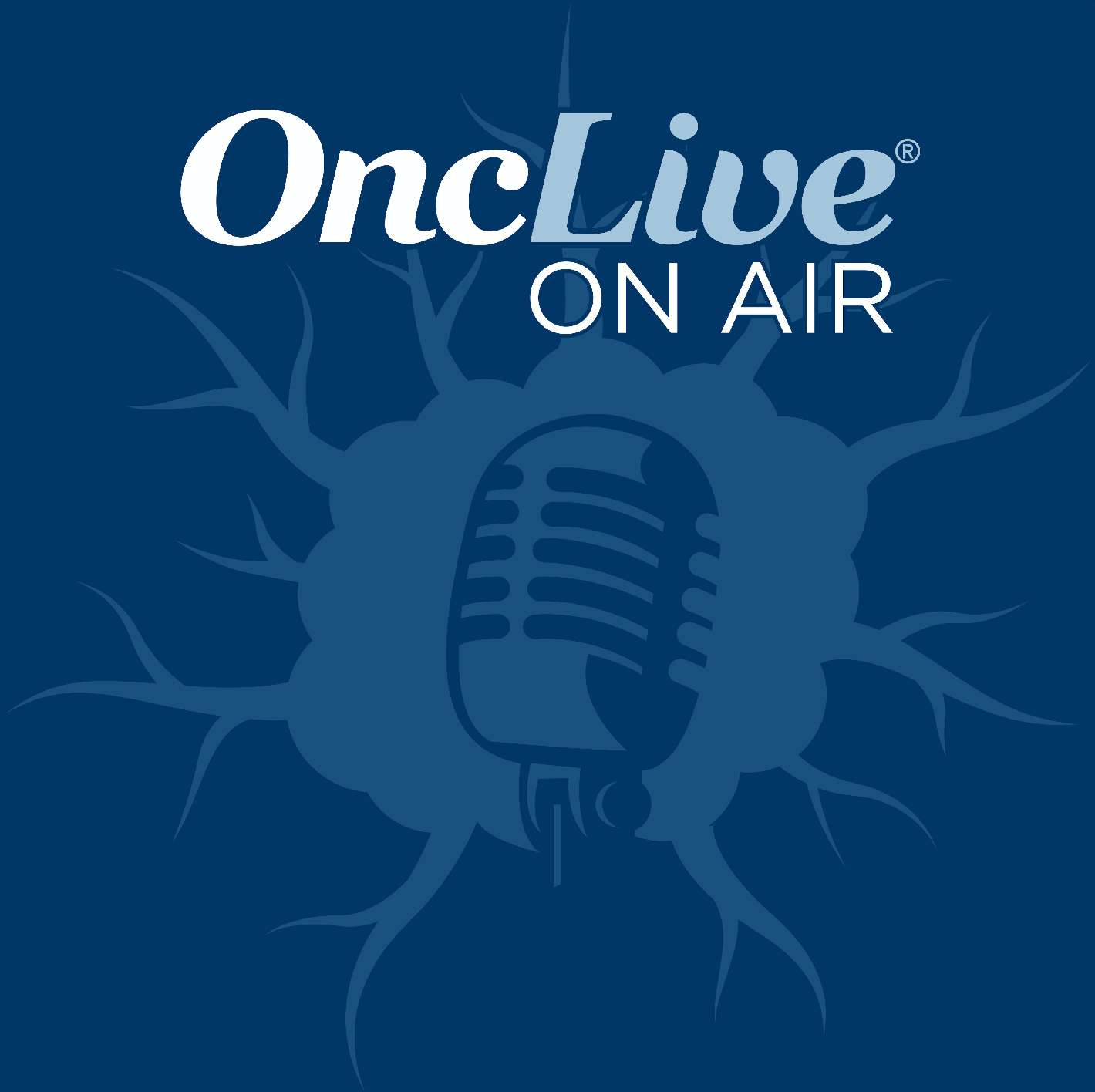Video
Why Practitioners Should Not Overlook CINV
Transcript:Lee S. Schwartzberg, MD: Hello, and thank you for joining us today for this OncLive Peer Exchange Panel Discussion on “The Management of Chemotherapy-Induced Nausea and Vomiting,” or CINV. Nausea and vomiting are common in cancer patients, particularly for those receiving emetogenic therapies. In this OncLive Peer Exchange, a panel of experts in oncology will discuss how to optimally manage CINV in your practice, while focusing on the use of new agents and individualized approaches.
I am Dr. Lee Schwartzberg, executive director of the West Cancer Center, professor of medicine, and chief of the Division of Hematology/Oncology at the University of Tennessee Health Science Center. Joining me today are Rebecca Clark-Snow, an oncology clinical nurse coordinator at the University of Kansas Cancer Center in Westwood, Kansas; Dr. Charles Loprinzi, a Regius Professor of Breast Cancer Research at the Mayo Clinic in Rochester, Minnesota; Dr. James Natale, an adjunct instructor and clinical pharmacy specialist at UPMC Cancer Center in Pittsburgh, Pennsylvania; and Dr. Eric Roland, an assistant clinical professor at the University of California, San Diego, in La Jolla, California. Thank you all so much for joining us. Let’s begin.
So, we’re going to start with a very fundamental but important question: Why is treating CINV important? Charles, would you lead us off?
Charles L. Loprinzi, MD: Yes. Chemotherapy-induced nausea and vomiting was the biggest fear related to chemotherapy 10, 20 years ago when we didn’t have much in terms of antiemetic therapy. Nowadays, nausea is the biggest problem and vomiting is less of a problem because we have much more effective antiemetic medications that we’re going to talk about now. It’s still perceived as a big problem by many patients who are about to receive chemotherapy. And oncologists and other doctors realize this. ER doctors realize this at times when patients have to be hospitalized because of nausea and vomiting problems.
Eric Roeland, MD: I’d add that for patients, this is the number one thing they’re worried about: losing their hair and having nausea and vomiting. I think the media really continues to push that agenda and support that that’s typical with chemotherapy, and it doesn’t need to be that way. And lastly, I’d add that oncologists might think that this is actually solved. Many times oncologists are not the ones getting the phone calls regarding these issues, so they think that therapy-induced nausea and vomiting is no longer an issue. But patients and loved ones would highly disagree.
Lee S. Schwartzberg, MD: I’m hearing that there may be a disparate view between practitioners and what patients are really feeling.
Eric Roeland, MD: Yes. I think it just highlights the complexity of cancer care now and everything that’s going on, and the important role of having a team to approach these symptoms.
James Natale, PharmD, BCOP: I would agree with you, Eric. The other piece of information we know is that the better we do treating with the first cycle or second cycle of chemotherapy, the better job we do with subsequent cycles of chemotherapy. It’s really important that we start off on the right foot and control nausea and vomiting from the outset so that we can prevent problems later down the line of therapy.
Lee S. Schwartzberg, MD: Rebecca, you’re close to patients, and you’re hearing more than probably the oncologist. What’s your view here?
Rebecca Clark-Snow, RN, BSN, OCN: I think it’s really important that we all approach this as a multi-disciplinary approach with physicians and nurses and pharmacists. But primarily, it’s the nurses who are the ones in contact with the patients most often. We hear patients who have, at some point in time, heard a horror story from a relative or a loved one, and it’s up to us to bring them back and really give them the bare bone truth and facts about what to expect, the good things that have been done, and how we’re going to treat them and prevent nausea and vomiting.
Lee S. Schwartzberg, MD: And prevention is really the key, and we should really focus on that. In order to do well down the stream, as you’ve mentioned, we’ve got to start with adequate prophylaxis.
Eric Roeland, MD: Lee, the only thing I’d add to that is that patients oftentimes just don’t tell us. I have patients that actually think if they’re nauseous that it means their chemotherapy is working. So, there’s this fear of telling your oncologist that you’re having these symptoms because they’re going to reduce the dose or delay the treatment. It’s not only just empowering clinicians to ask about this important symptom, but it’s also letting patients and loved ones know that they need to tell us. And that doesn’t necessarily mean we’ll be less aggressive.
Lee S. Schwartzberg, MD: Yes, there’s a lot of fear. What do your breast cancer patients tell you about this? Do they minimize it?
Charles L. Loprinzi, MD: I think they do, to some degree. In the past, Steven Grunberg was involved with this trial. They would actually ask patients what their nausea and vomiting was, and ask the nurse and doctors. And we were not too bad in terms of the acute, but for the delayed, we were way off; patients had a lot more. Part of that is patient recording. And nowadays, the new thing is PROs—patient-reported outcomes—and having patients write it down, as opposed to trying to remember it and telling the doctor 2 weeks later when they come back. There are things that have happened and it’s not on their mind as much, so understanding it from that standpoint. Rebecca, you know this, too. There are phone apps you can use that actually get into that. Whether you need to know exactly that I have 10%, 20% nausea, you need to get the flavor of it. And I think we do get a pretty good flavor for it from our patients.
Rebecca Clark-Snow, RN, BSN, OCN: Well, more importantly, I think that in terms of getting in touch with patients after treatment, nurses are very busy so not everyone can get in touch with patients and call them in the following days. But to at least pick up the phone and make a quick 5-minute phone call just to check in and see how they’re doing can make all the difference.
Lee S. Schwartzberg, MD: We’re hearing out-of-sight, out-of-mind. We don’t really know what’s going on after they leave the infusion center.
Rebecca Clark-Snow, RN, BSN, OCN: Right, exactly.
Lee S. Schwartzberg, MD: And we’ve done a good job in acute nausea and vomiting with the drugs that we have now, but we still have problems with delayed nausea and vomiting. We need ways to communicate.
Rebecca Clark-Snow, RN, BSN, OCN: If even patients can’t phone in, have a loved one or someone who’s in that household give us a call and let us know just how things are going.
Lee S. Schwartzberg, MD: They often wait until Friday afternoon and get nervous.
Rebecca Clark-Snow, RN, BSN, OCN: Yes, they do.
Transcript Edited for Clarity



















